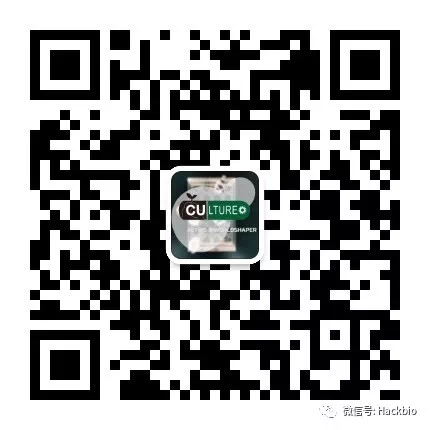Human Practices (Silver)
Click here to see the details of gold HP
Hangzhou is widely known by water- related UNESCO World Heritages – West Lake and Grand Canal, however, severe water pollution has been received more and more attention in recent years. Another environmental pollution problem that is as important as water is soil pollution, especially heavy metal pollution. Hence, we want to design a operability device to solve the above environmental problems.
Our topic inspired by the paper published in Science, 2018, March. It mainly talked about the gene expression of methanobactin which is originated from methanotrophy, which triggers us the idea of using this gene to eliminate the heavy metal (copper) pollution in surrounding environment.
Public Survey
In order to understand the public’s opinion of our project, we first carried out a marketing research with 1000 pieces of surveys handed out. Overall, there is considerably high expectation over our copper-binding product but relatively low awareness over the synthetic biology. More detailed analysis would be displayed for the following.
The impact of heavy metal pollution on the general public’s life
For the survey, including 1067 recycling questionnaires from16 different regions, we have enough sources to reveal how statistically those heavy metal pollutions jeopardize our environment and economics. According to the results of questionnaires, we found that the impact of heavy metal pollution is impalpable by a large group of people, even people living near industrial districts (Figure 1 and Table 1).

Table 1 and Figure 1
However, when the question focus on “food safety induced by soil pollution”, it is astonishing that with more than half of the informants are “very anxious” towards the issue of food safety (Figure 2) (85.5% of the informants are either very serious or serious about the food safety issue), unlike our expectation which their life will also be largely affected by “soil pollution”, they are way less serious about that issue.
Figure 2
It could be reasonably argued that people are more attentive towards the food problem that is directly relative to the health problem than soil pollution problem which is more distant. But generally, they are concern about soil pollution by heavy metal as a whole. And thanks to the issue and their concerns, the outlook of our project seams bright.
Concerns (expectation) over the biological products
However, as a new form of purging product, the biological method to decompose soil pollution will probably be resisted by consumers. Based on our research, we could conclude several reasons why the consumers would have negative attitude to ameliorate polluted soil by biological methods.
The imparted micro-organisms may be unmanageable.
As shown in Figure 3, about 26.3% informants fear that those micro-organisms would remain in the soil (or water) and then be indirectly brought into our human body, causing unpredictable disease.

Figure 3
Even if the product does ameliorate the soil, people fear that there are insalubrious micro-organisms remaining in the soil, leading to further new pollution (Figure 4).

Figure 4
To sum up, according to the results mentioned above, the core issue of public concern is not the new method itself, but the unknown harm and actual effect that new method or things may bring. Realizing this point, we have improved the project from the following two aspects.
1. Public Science Activities
Against insufficient public understanding of synthetic biology and gene erringeering, our team organized four public science events at Hangzhou Low Carbon Science and Technology Museum (China), Zhejiang Science and Technology Museum as well as Zhejiang Museum of Natural History, Ningbo Foreign Language School.
In AST Space activity, at least 6 iGEM teams participated in the provincial science and Technology Museum activity. We take children to play games which help them to touch base with the science like we led them to finish the extraction of artificial colors. We also give a speech on the stage to summary the project of each team and its contribution to society. Moreover, we brought out two education lectures about metal contamination and synthetic biology in the main hall of Zhejiang Natural Museum. For both lectures, around fifty audiences participate to the lecture. The first part of the lecture explained the destruction of metal contamination and how our product can solve it. The second disseminates the basics about synthetic biology and genome biology. Moreover, we set out an experiment for banana DNA extraction which helps to support the participants to understand. In Hangzhou Low Carbon Science & Technology Museum of China we educate the public on the benefits of a low carbon lifestyle and provides space for exhibitions relating to science and technology. ASTWS-China worked in conjunction with the Museum, as well as three other IGEM teams, on a public engagement event. Eventually, three events ended consummately and successfully.

2. Adjust our proposal
We adjust our project in several ways in response to these concerns. For example, the strain selection of engineered microorganism, additional design of self-suicide parts, and so on. See the “Integrated HP” part for the details.
Copyright © 2018 Team:ASTWS-China All Rights Reserved.


